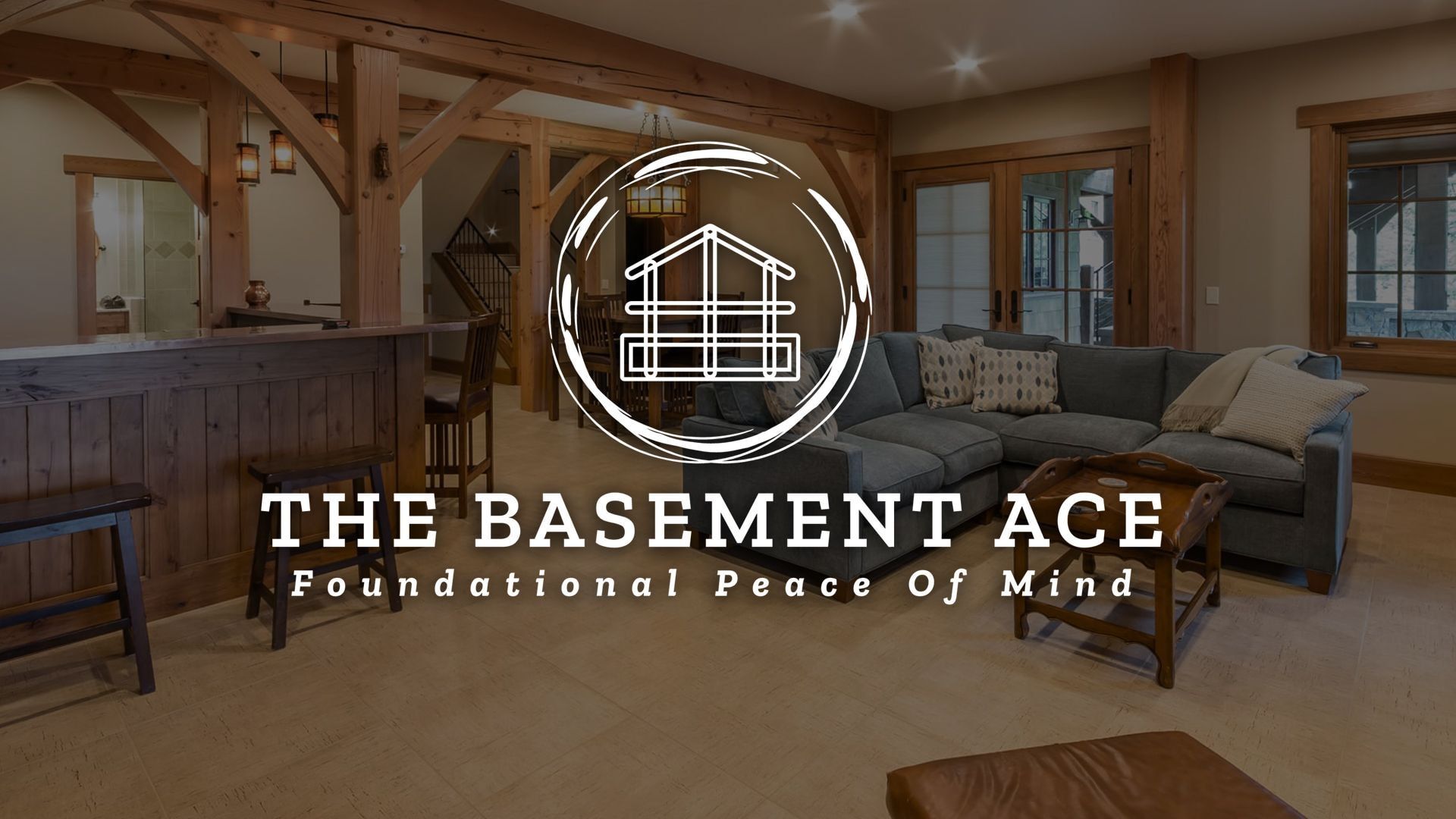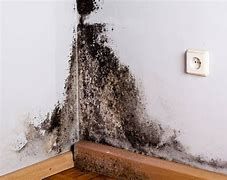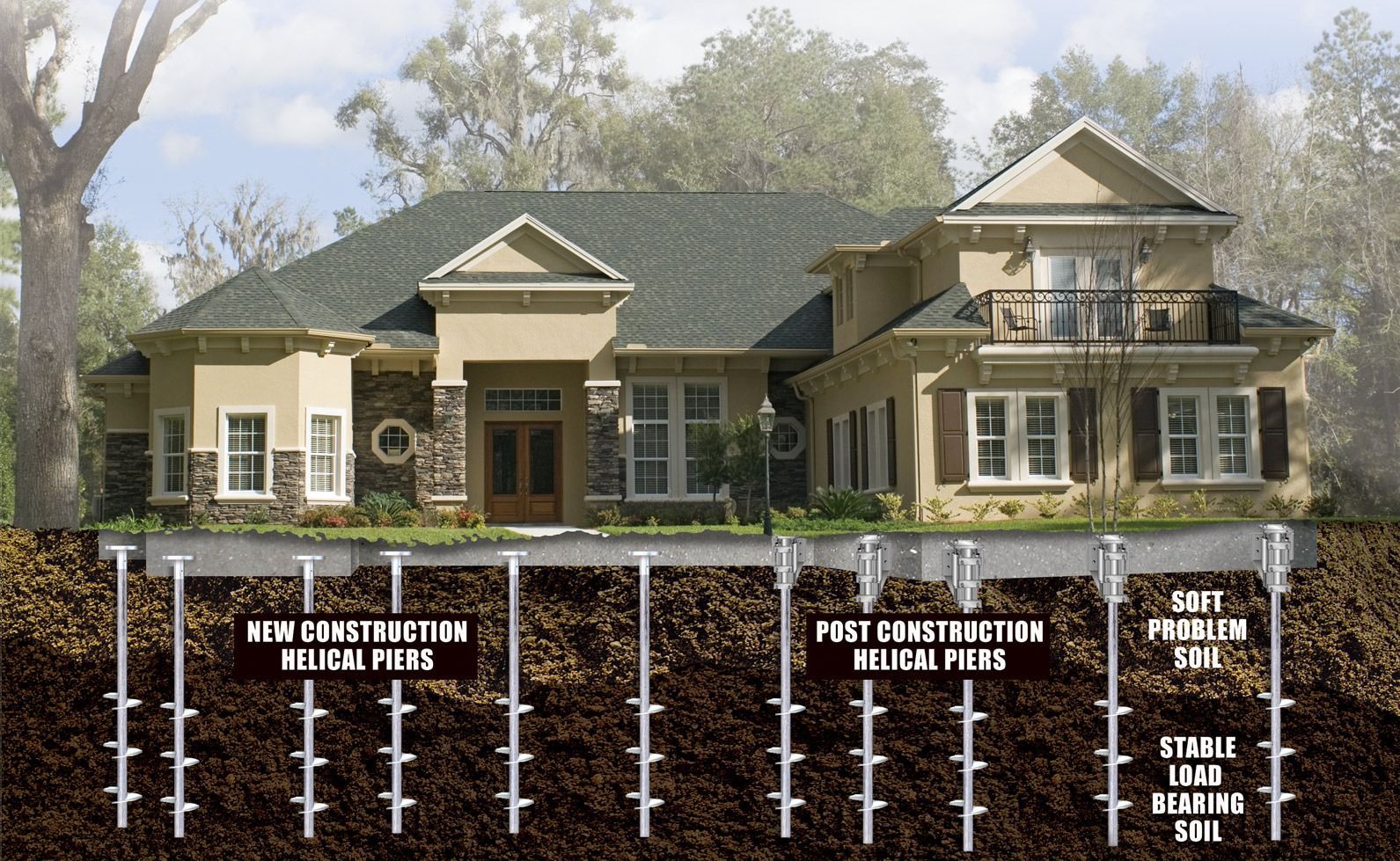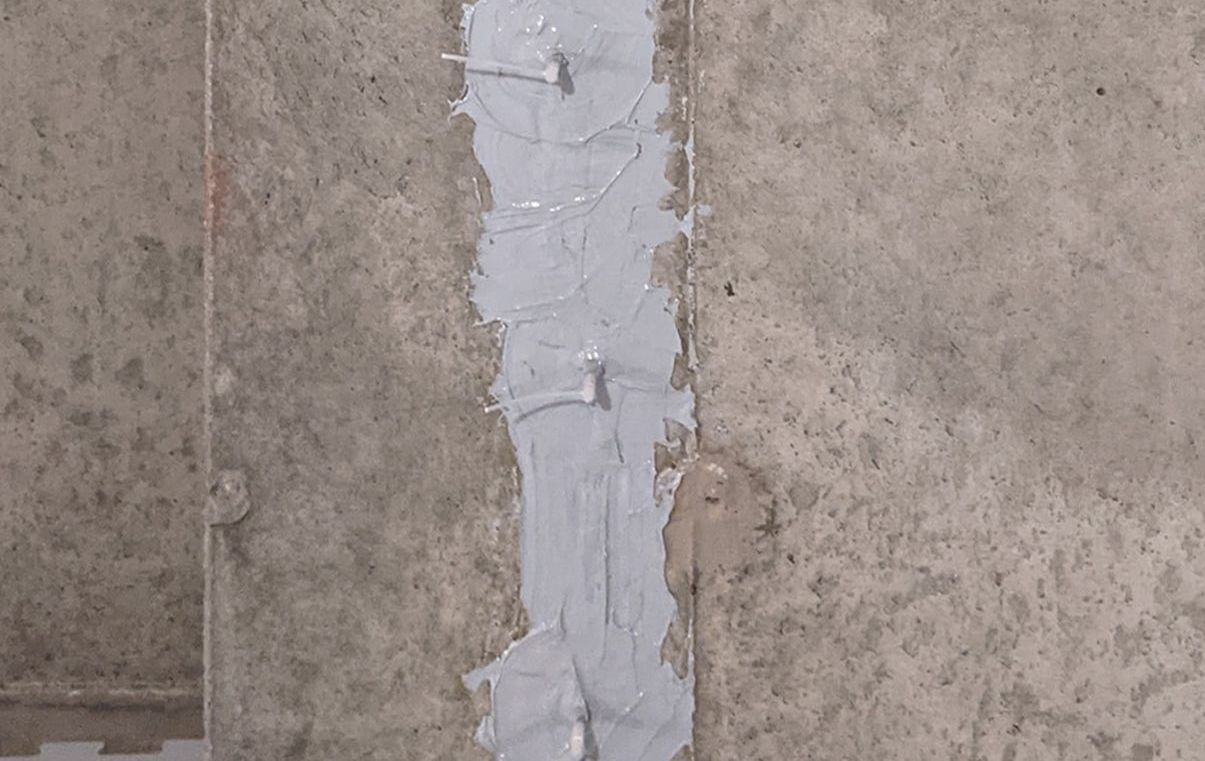Top 10 Techniques For Repairing Foundation Problems
Recognizing Foundation Problems
- Identifying signs of foundation problems is crucial for timely repairs.
- Common signs of foundation issues include uneven floors, cracks in walls, and moisture presence in basements.
- Early detection of foundation damage is important as it prevents more extensive damage.
- If a quarter fits into a crack, it’s time to call a professional regarding foundation problems.
Common Causes of Foundation Issues
- Inadequate drainage around a foundation can result in water pooling, leading to soil saturation and foundation instability.
- Poor drainage from gutters and downspouts can lead to excessive moisture near the foundation.
- Evaluating drainage around the foundation is crucial to prevent water-related issues.
- Proper soil grading is important to prevent water pooling around the foundation.
- Expansive clay soils can expand when wet and shrink when dry, causing movement that impacts foundations.
- Helical piers are particularly useful in sandy soil conditions and can be easily installed compared to other types.
- Tree roots may penetrate and disrupt soil structure, contributing to foundation sinking or cracking.
- Leaking plumbing or sewage lines can erode soil beneath a foundation, resulting in settlement.

Inspection and Assessment
- Foundation inspections should ideally occur every three to six months or at least annually.
- Routine foundation inspections help spot issues before they turn into expensive repairs.
- Regularly assessing your foundation helps prevent costly repairs and protects your property value.
- Signs to look for during inspections include new cracks, water in the basement, and changes in doors/windows operation.
- Many foundation repair companies offer free inspections to assess the extent of damage.
- Professionals are equipped with specialized tools that most homeowners do not possess.
- When uncertain about the extent of foundation damage, it is advisable to consult a professional.
- The condition of the soil, including its type and moisture content, significantly affects the choice of repair technique.
Effective Foundation Repair Methods
- Various methods are employed to repair foundations, tailored to the specific types of damage.
- The main methods of concrete foundation repair include Concrete Piering, Steel Push Piers, Helical Piers, Polyurethane Foam Injection, Concrete Leveling, Epoxy Injection, Mudjacking, Carbon Fiber Straps, Wall Anchors, Underpinning, and Waterproofing.
- Common methods for minor to moderate foundation settling repair include Mud- or slab-jacking, steel piers, and wall anchors.
- Some repair techniques are better suited for specific types of damage, such as settling, shifting, or cracking.
Concrete Piering
- Concrete piering is a method to stabilize foundations by installing concrete piers to transfer load to stable soil.
- Concrete piers are installed by drilling holes, pouring liquid concrete, and lifting with hydraulic jacks.
- Reinforced concrete is used in concrete piers.
- Curing the concrete piers results in new support points for the foundation, which effectively support the foundation.
Steel Piers
- Steel piers are used to support and stabilize foundations.
- Steel piers are preferred for their strength and ability to be driven deep into the ground, providing robust support.
- Steel piers are installed by driving them into solid soil using a hydraulic torque motor.
Helical Piers
- Helical piers are steel piers with helical threads screwed into the ground for support, typically used for supporting structures on unstable soil or fill.
- The installation of helical piers requires minimal excavation and disruption to the site, and they are distributed at regular intervals to evenly distribute the weight.
- The effectiveness of helical piers depends on the condition and stability of the surrounding soil.
- Factors affecting the installation costs of helical piers include the number of piers needed and the extent of foundation damage.
- https://www.thebasementace.com/foundation-repair#UnderpinningorPiering
Epoxy Injection
- Epoxy injection is a method specifically designed to repair and reinforce cracks in concrete foundations.
- Epoxy injection fills and seals cracks in concrete, reinforcing the structure.
Carbon Fiber Straps
- Carbon fiber straps serve as non-invasive reinforcement for walls.
- Carbon fiber straps strengthen cracked walls with lightweight reinforcement.
Wall Anchors
- Wall anchors stabilize bowing walls against external pressure.
- They transfer lateral forces from the wall to surrounding soil or rock, providing necessary support
Underpinning
- Underpinning involves deepening the foundation to enhance stability by reaching more solid soil layers.
Waterproofing
- Waterproofing protects foundations from water damage, preventing basement flooding.
- The purpose of waterproofing in foundation repair is to protect against water damage and moisture intrusion.
- Waterproofing techniques are crucial for protecting foundations from moisture-related damages
- https://www.thebasementace.com/foundation-repair
Benefits of Timely Foundation Repair
- Prompt repairs help maintain the structural integrity of a home, preventing uneven settling and related issues.
- If foundation problems are not addressed in time, structural integrity can be jeopardized, leading to significant increases in repair costs.
- Timely foundation repair is essential for protecting the value of a home, as visible problems can deter potential buyers.
- Effective foundation repairs protect market value and insurability of homes, which is critical for maintaining property investment.
- The severity of damage and local real estate market conditions significantly influence the impact of foundation repairs on property value
Comparing Quotes and Financing Options
To find a cost-effective solution for repairing bowed basement walls, consider comparing quotes from various contractors. Also, consider exploring financing options like home equity loans, which can help spread the cost over a longer period, easing the financial burden.
Leveraging The Basement Ace's Expertise
As a leader in resolving bowing basement wall issues, The Basement Ace offers a comprehensive suite of services including:
- Foundation crack repair
- Structural repair
- Waterproofing
- Stabilization
For more information on The Basement Ace’s approach to bowing basement wall repair, you can visit their dedicated service page.
Here, you’ll discover tailored solutions that The Basement Ace offers for bowing wall repair.
Summary
In conclusion, the cost of repairing bowing basement walls can be influenced by several factors, including the severity of the bowing, the chosen repair method, and the dimensions and exterior conditions of the wall. While it can be tempting to try a DIY approach, professional services like The Basement Ace offer comprehensive solutions that ensure the safety and structural integrity of your home.
Frequently Asked Questions
Can a bowing basement wall be fixed?
Yes, a bowing basement wall can be fixed using methods like c-channel wall anchors, helical tieback wall anchors, and wall plate anchor systems. It's important to consult with a professional to determine the best solution for your specific situation.
How do you fix a leaning basement wall?
To fix a leaning basement wall, you can repair and straighten it by excavating the foundation perimeter, positioning an earth anchor, preparing the foundation wall, mounting wall plates, straightening the basement walls, and cleaning up for basement finishing.
How much basement wall bowing is acceptable?
If your basement wall is bowing more than 50% of its thickness, it almost always needs to be demolished and replaced. It's important to address this issue promptly to prevent further structural damage.
What causes bowing basement walls?
Bowing basement walls can be caused by factors such as hydrostatic pressure, expansive clay soil, or frost heaving. These forces can exert pressure on the walls, leading to their bowing.
How much does it cost to repair a bowing basement wall?
The cost to repair a bowing basement wall can range from $350 to $10,000, depending on factors like the severity of the bowing and the chosen repair method. It could also be influenced by the dimensions and exterior conditions of the wall.
